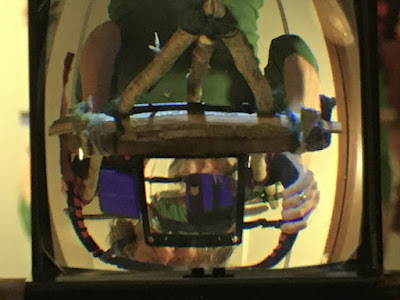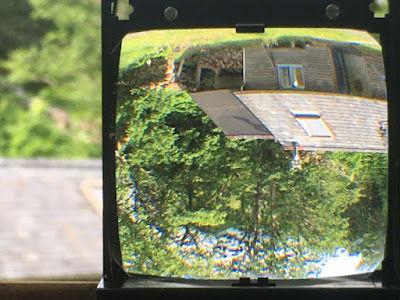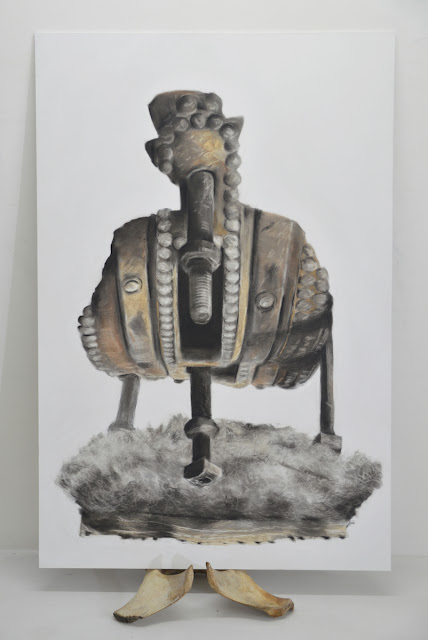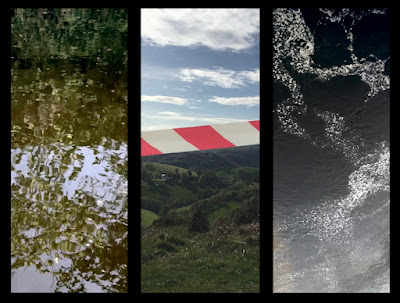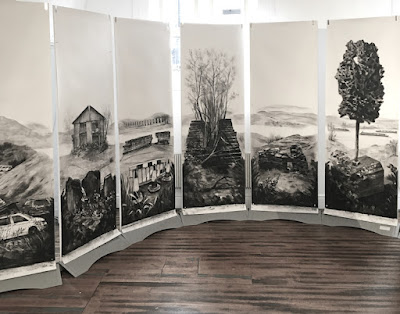Three weeks at Hafod Art Studio in Eryri National Park through June and July, thanks to Noelle Griffiths, gave me the chance to set aside projects and plans, and just see what the place gave rise to. It was a pleasure to connect with arts organisations and communities in the area through a talk and workshop, but the rest of the time I was able to experience something of a mini-retreat, feeling the ground beneath my feet, letting my mind wander and being open to the unexpected.
Without a car, and deliberately minimising use of a mobile phone, most of my time was spent outdoors - walking the 30k Dyffryn Maentwrog / Llyn Mair footpath network surrounding the studio and indoors - trying to find some kind of visual equivalent to my experiences of nature, industrial heritage and, most of all, weather.
Lenses and viewing devices have been a part of my work in various ways over the years - often cats’ eyes - and I was thinking very much about ideas of who or what constitutes an insider or outsider that Caroline Wright and I had explored in Binocular.
As well as the natural environment, I was drawn to the Ffestiniog Railway that runs across the mynydd, which connects to key themes in my work of industry and tourism. Originally it transported slate from Blaenau Ffestiniog to Porth Madog - and now carries tourists along the same route.

